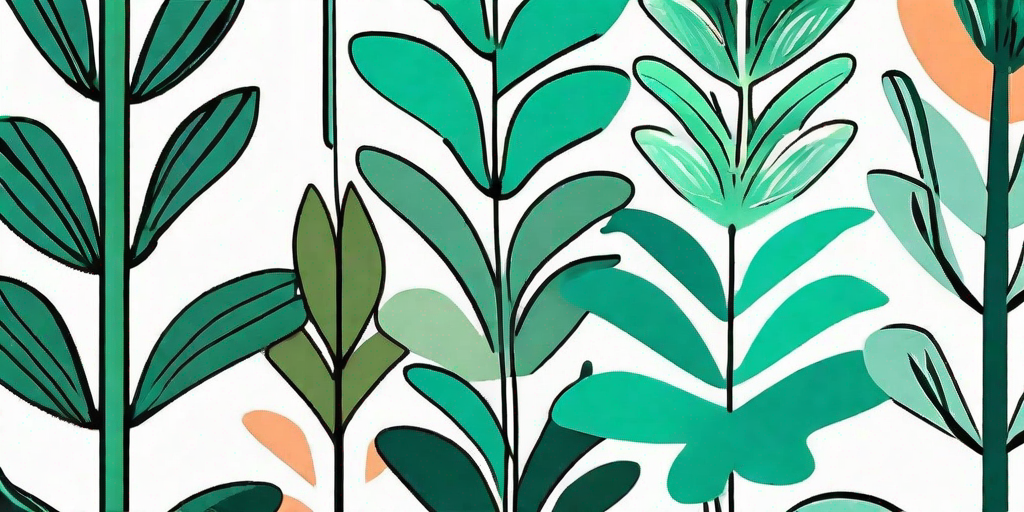
Welcome, green-thumbed adventurers and foliage enthusiasts! Today, we're embarking on a wild journey into the heart of the jungle, right in your own backyard. Meet the Leopard Plant, a fierce and fabulous addition to any garden that's sure to add a touch of the wild to your domesticated landscape. But don't worry, this leopard won't bite. It's all about the spots!
Introduction to the Leopard Plant
Native to East Asia, the Leopard Plant (Farfugium japonicum) is a perennial plant known for its large, glossy leaves and dappled yellow spots. It's a real show-stopper in any garden, with its unique appearance and hardy nature. But don't be fooled by its exotic origins; this plant is surprisingly easy to care for, making it a great choice for both novice and experienced gardeners.
Leopard Plants are also known for their bright yellow, daisy-like flowers that bloom in the fall. These flowers add a pop of color to your garden just when you need it most. And let's not forget the plant's namesake - those distinctive spots that make it a standout in any setting.
How to Grow a Leopard Plant
Now that you've been properly introduced, let's get down to business. How do you grow a Leopard Plant? Fear not, dear reader, for it's not as daunting as it may seem. In fact, with a little bit of know-how and a dash of patience, you'll have your own jungle paradise in no time.
First things first, let's talk about location. Leopard Plants prefer partial to full shade, making them a great choice for those tricky shady spots in your garden. They're not fans of intense heat or direct sunlight, so keep them cool and shaded for optimal growth.
Soil and Watering
When it comes to soil, Leopard Plants aren't too picky. They prefer well-drained soil, but can tolerate a variety of soil types. Just make sure to avoid waterlogged conditions, as this can lead to root rot.
As for watering, these plants like to stay moist but not soggy. A good rule of thumb is to water them when the top inch of soil feels dry to the touch. During hotter months, you might need to water more frequently to keep your Leopard Plant happy and hydrated.
Planting and Propagation
Ready to get your hands dirty? Good, because it's planting time. You can start your Leopard Plant from seeds or by dividing an existing plant. If you're starting from seeds, sow them in a tray filled with potting mix and keep them moist until they germinate.
If you're dividing an existing plant, simply dig up the plant, separate the roots, and replant the divisions. Easy peasy, leopard squeezy!
Caring for Your Leopard Plant
Once you've got your Leopard Plant in the ground, it's all about maintenance. But don't worry, this isn't a high-maintenance diva. It's more of a laid-back, go-with-the-flow kind of plant.
Regular watering, as mentioned earlier, is key. But you'll also want to keep an eye out for pests and diseases. While Leopard Plants are generally disease-resistant, they can sometimes fall prey to slugs and snails. If you notice any chewed leaves, it might be time to introduce some pest control.
Fertilizing and Pruning
Like any plant, your Leopard Plant will appreciate a little extra TLC in the form of fertilizing. A slow-release fertilizer applied in the spring should do the trick. Just follow the package instructions, and your Leopard Plant will be thanking you in no time.
Pruning isn't necessary for this plant, but you can remove any dead or damaged leaves to keep your Leopard Plant looking its best. After all, even a wild leopard likes to look good!
FAQs
Is the Leopard Plant toxic to pets?
Good news for pet owners - the Leopard Plant is non-toxic to both cats and dogs. However, it's always a good idea to keep an eye on your furry friends around any plants, just in case.
Can I grow a Leopard Plant indoors?
Absolutely! In fact, Leopard Plants make excellent houseplants. Just make sure to provide them with plenty of indirect light and keep their soil moist.
How fast does a Leopard Plant grow?
With proper care, a Leopard Plant can reach its full size (about 2 feet tall and wide) in 2-3 years. So while it's not the fastest grower, it's definitely worth the wait!
Conclusion
So there you have it - your comprehensive guide to growing and caring for a Leopard Plant. With its striking appearance and easy-care nature, this plant is a great choice for any gardener looking to add a touch of the wild to their garden.
So why not take a walk on the wild side and introduce a Leopard Plant to your garden? Trust us, it's a jungle out there, but with this fierce foliage by your side, you'll be king or queen of the jungle in no time!















